Are you struggling to release your corded roller blinds without causing damage or frustration?
Improper handling can lead to tangled cords, jammed mechanisms, and even the risk of injury, leaving you frustrated and your blinds malfunctioning.
This guide will explain the most innovative way to release corded roller blinds, ensuring smooth operation and preserving their longevity. Follow these expert tips to avoid common pitfalls and keep your blinds functioning perfectly.
Corded Roller Blinds
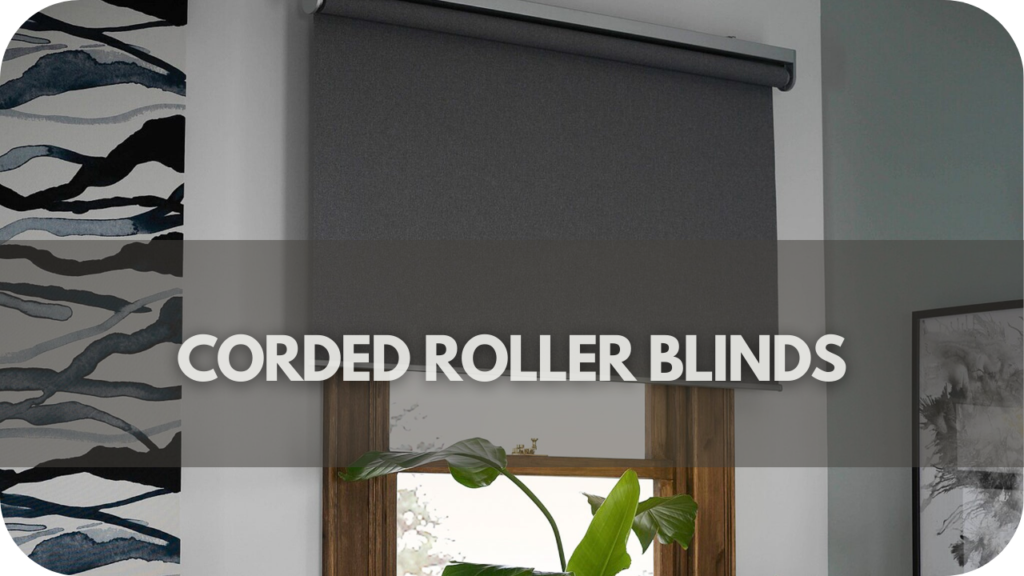
Corded roller blinds are popular for homeowners due to their simplicity and effectiveness. These blinds operate using a cord mechanism, allowing you to raise or lower the blinds to your desired position.
The key to using corded roller blinds effectively is familiarising yourself with the cord system. Most blinds come with either a continuous loop or a free-hanging cord. The constant loop system is often attached to the wall, providing smoother operation and added safety. At the same time, the free-hanging cord offers more flexibility but requires careful handling to avoid tangling.
Understanding how your blinds operate is crucial for ensuring smooth and trouble-free use. Regularly check the cord for any signs of wear or damage, as a faulty cord can lead to complications.
Additionally, ensure the cord is free of knots or twists before operating the blind. Proper cord system use extends the life of your blinds and enhances their overall safety, particularly in homes with children.
Step-by-Step Guide to Releasing Corded Roller Blinds
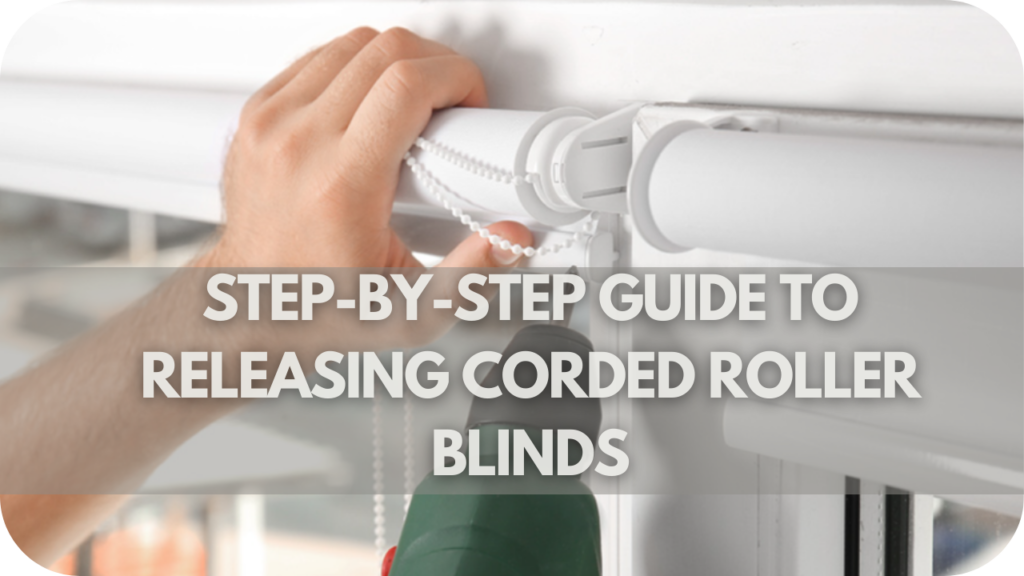
Releasing corded roller blinds might seem simple, but a few wrong moves can lead to tangles, jams, or damage. Follow these precise steps to ensure a smooth and effortless release every time.
Step 1: Identify the Cord Mechanism
Before attempting to release your corded roller blinds, you must identify the type of cord mechanism you’re dealing with. Understanding your system helps prevent frustration and damage and ensures smooth operation.
Continuous Loop System
The continuous loop system features a cord that forms a loop and is typically mounted on the wall or window frame. The cord moves continuously around a pulley, allowing for smooth adjustment of the blind’s height.
This system offers controlled and steady operation with minimal risk of tangling or getting caught. It is exceptionally safe for homes with children, as the cord is securely anchored and less likely to pose a choking hazard. This setup ensures consistent and reliable performance, making it easier to achieve the desired blind position with less effort.
Free-Hanging Cord
The free-hanging cord system consists of a single, loose cord that hangs freely from the side of the blind. The cord is pulled directly to raise or lower the blinds.
This system provides greater flexibility in how the blinds are operated. However, it requires careful handling to prevent the cord from twisting or becoming tangled. The free-hanging cord can be adjusted more freely, but checking and managing it regularly is essential to avoid operational issues.
Step 2: Check for Obstructions

Before attempting to release your corded roller blinds, checking for any obstructions that could interfere with their movement is crucial. Properly addressing these issues will prevent damage to the blinds and ensure a smooth operation.
Start by inspecting the blinds and their surroundings. Look for objects or debris blocking the blind’s path or interfering with the cord mechanism. Common obstructions include dust build-up, misplaced items, or even pets that might have tangled with the cord.
Examine the cord itself for knots or tangles. Cords can become twisted or knotted over time, hindering the smooth movement of the blinds. Gently untangle any knots and ensure the cord moves freely through its mechanism.
Check the mounting hardware and brackets. Sometimes, loose or misaligned hardware can cause the blinds to catch or operate unevenly. Make sure all components are securely fastened and correctly aligned.
Step 3: Use the Right Technique
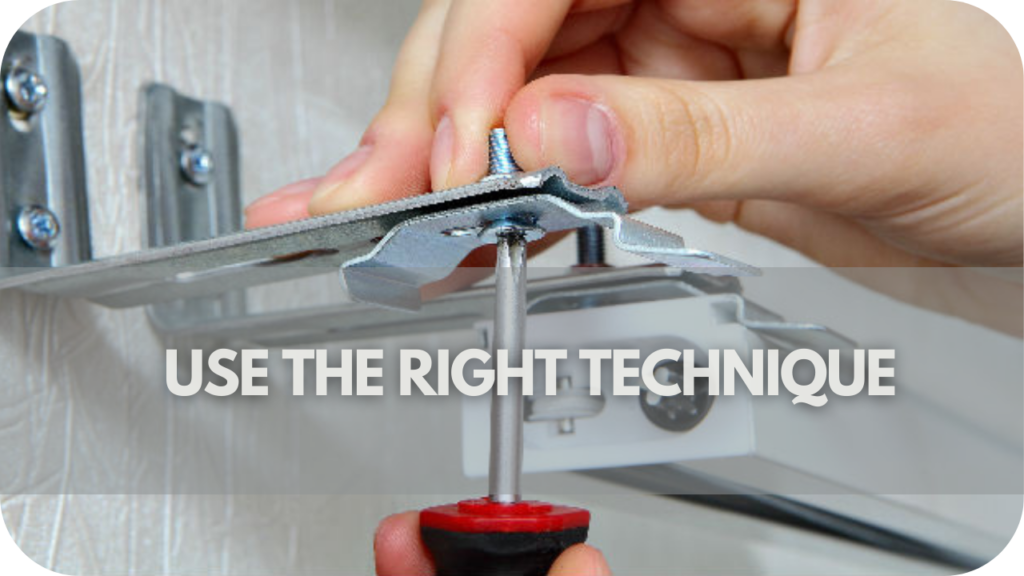
Using the correct technique is essential to ensuring the effective release of your corded roller blinds. Improper handling can lead to damage, tangled cords, or malfunctioning blinds, so follow these steps for a smooth and hassle-free operation.
Begin by gently pulling the cord to raise or lower the blind. Pull the cord evenly and steadily if you have a continuous loop system. Avoid jerking or yanking the cord, as this can strain the mechanism or cause it to jam. Pull the cord slowly and steadily for a free-hanging cord system to control the blind’s movement.
Keep the cord straight as you pull to prevent twisting or tangling. Ensure you’re pulling the correct cord—most blinds have a separate cord for raising and lowering, so be sure to use the appropriate one.
If the blind resists or feels stuck, stop immediately and check for obstructions or tangles before continuing. Forcing the blind can cause damage and potentially ruin the cord mechanism.
Step 4: Troubleshooting Common Issues
When releasing corded roller blinds, you may encounter a few common issues that can disrupt their smooth operation. Identifying and addressing these problems promptly will help you maintain their functionality and prevent further complications.
If the blinds are not moving correctly, first check for tangled or knotted cords. Gently untangle any knots and ensure the cord moves freely through the mechanism. If the cord appears damaged, it may need replacement.
For blinds that won’t raise or lower, inspect the cord mechanism for blockages or obstructions. Sometimes, dust or debris can accumulate, hindering smooth movement. Clean the mechanism and ensure it is clear of any obstructions.
If the blind is stuck in one position, verify that the mounting brackets and hardware are securely fastened and properly aligned. Misaligned hardware can cause the blind to catch or operate unevenly.
If the cord feels loose or is not functioning correctly, check for issues with its tension or attachment. Adjust or replace the cord as necessary.
Safety Considerations
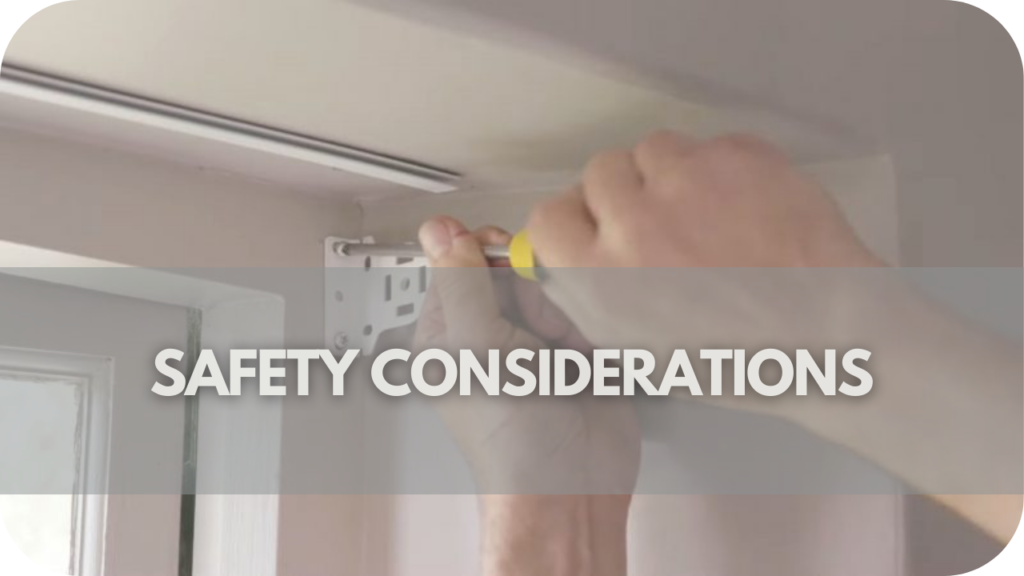
Releasing corded roller blinds involves handling mechanisms that pose safety risks if not cautiously approached.
Firstly, be mindful of the cord. To prevent entanglement or strangulation hazards, keep it well out of the reach of children and pets. When handling the cord, avoid sudden or forceful movements that could cause it to snap or recoil unexpectedly.
If the blind feels stuck or resistant, don’t force it. Instead, carefully inspect the mechanism for any obstructions or malfunctions before proceeding. If you’re unsure, seek professional assistance to avoid any potential injuries or damage to the blind.
Additionally, when working at a height, ensure you use a stable ladder or step stool and that someone can assist you if needed. Never attempt to release a blind while overreaching or balancing precariously, as this could lead to a fall.
Maintenance Tips for Corded Roller Blinds
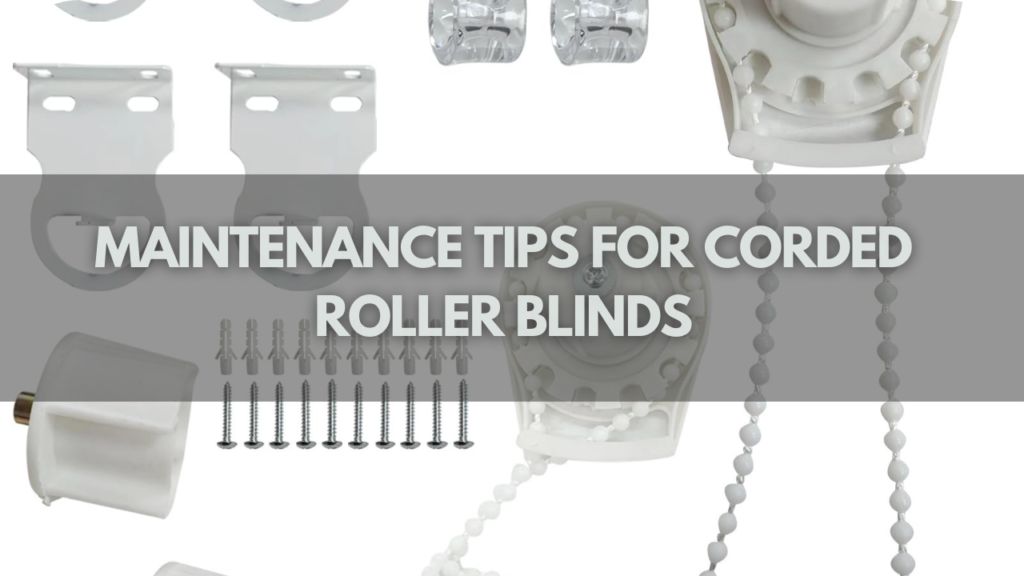
Regular maintenance ensures your corded roller blinds’ longevity and smooth operation. Dusting the blinds and vacuuming the headrail regularly will prevent dirt buildup that can hinder their movement. A damp cloth with mild detergent can be used for stubborn stains, but ensure the fabric is dried thoroughly to prevent mould growth.
Periodically check the cord for any signs of fraying or wear and tear. If you notice any damage, replace the cord promptly to avoid safety hazards. Lubricating the moving parts with a silicone-based spray will also help keep the mechanism running smoothly.
Also, avoid exposing your blinds to excessive sunlight or moisture, which can cause fading or warping. If your blinds are located in a humid area, consider using a dehumidifier to prevent moisture damage. Keep the blinds fully retracted when not in use to minimise dust accumulation and potential damage.
Conclusion
The most brilliant way to release corded roller blinds is to master the cord lock mechanism for safe and effortless operation.
For a seamless experience, consider upgrading to blinds with enhanced safety features. Discover our range of advanced options today and transform your space with ease.


